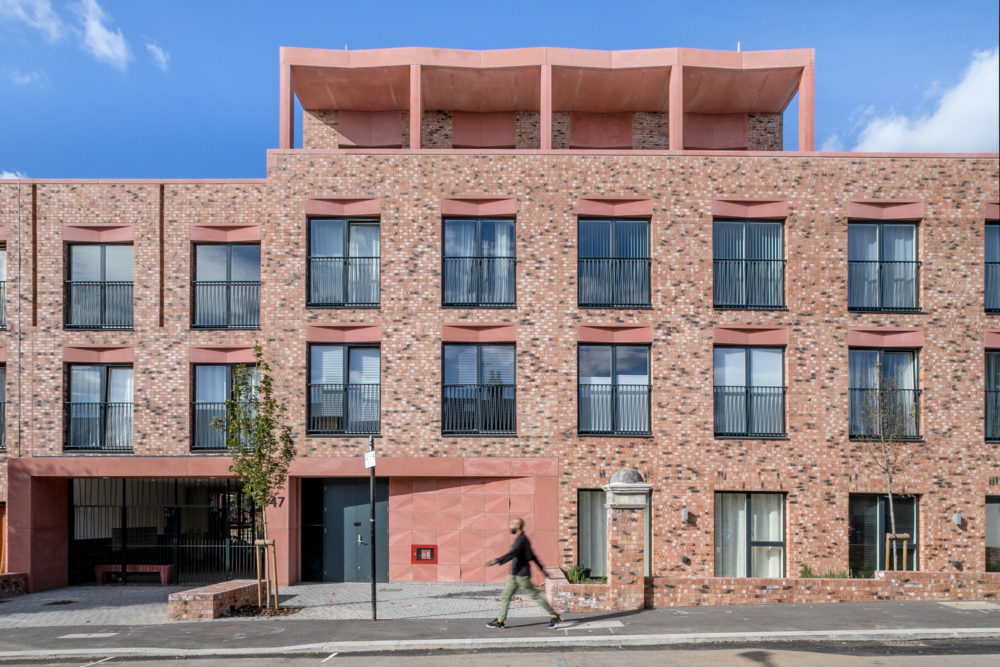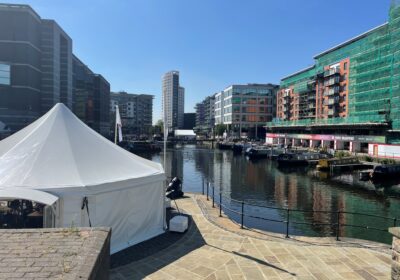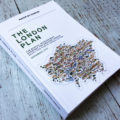Pre-lockdown there was much talk from Government of ambitious planning reform. An indication of the kind of posture we might have seen was outlined in the Government’s Planning for the Future, a sort of teaser trailer for wonks in the development sector.
There is a fair question now as to whether the sector actually needs another bout of reform. March, when the paper was published seems an awfully long time ago.
All minds are now focused on survival and implementing contingencies. The enervating effects of lockdown on the economy and the housing sector will take some time to get over.
What’s on the agenda?
Even before the crisis, it was difficult to gauge the nature of planning reforms the Government had in mind. The Living with Beauty, the Building Better, Building Beautiful Commission (BBBC) report, which was endorsed by Robert Jenrick last year, set out a number of far reaching proposals to embed design quality. These included the wide-spread use of design codes, a greater emphasis on strategic planning and shifting the development business model to a longer-term stewardship approach.
Some of this thinking sits uneasily with the intentions laid out within Planning for the Future. In particular, the introduction of zoning. Zoning is a means of lifting an area out of a normal planning regime and essentially enabling fast track development if it meets a prescribed checklist in relation to use and amenity. Planning for the Future also envisaged extended use of permitted development rights, the bête noire of many planners.
It’s hard to see how the use of design codes on the one hand, essentially localised architectural regulation, can sit with zoning on the other, essentially deregulation. Perhaps we might see a differential approach depending on exact locations as part of the Government’s wider levelling up agenda?
Who is thinking what?
I am told there are different views in Government as to where this all finally ends up. There is the Treasury camp which is unsurprisingly focused on efficiency and economic regeneration. This may explain the origins of zoning proposals.
Then there is the No 10 perspective which broadly considers that planning reform is necessary but is mindful of the impacts on councils and current delivery. Sir Edward Lister, the PM’s chief strategist brings a successful tenure in local government to the negotiating table. He has credibility and track record many in Whitehall don’t have. Having worked with him in a past life, I suspect his view will be the system is not so much broke but could do with better carrots and sticks to get it moving. He won’t be one for a wholescale reboot.
Tilting towards the No 10 view is MHCLG, a department much reduced over round after round of austerity. The department has always had to balance planning reform with protecting the interests of local government. Too much reform will inevitably lead to backlash at a local level. That could make life difficult for the Department’s operational functions.
The Department has ambitious political leadership. Jenrick has a clear view that extending homeownership should be a central driver for housing policy. This is elucidated in the recent First Homes consultation.
Jenrick has also intervened in a number of appeal decisions which I have covered in this blog. It’s likely he will push hard to see cities and urban areas deliver more housing and more affordable homeownership. Much of this can be achieved without a wholescale reboot.
Where this all leads
My hunch is the more radical elements of planning reform will fall away. The current operating environment will necessitate a focus on a careful recovery. Too much shock is counter-productive and the sector needs to nurse its wounds.
What we should expect is a serious drive on affordable homeownership through the Government’s manifesto commitment on First Homes. This will either be driven from developer 106 Agreements which will result in displacement of other affordable tenures or through a small sites policy which brings in thresholds and a new regime to encourage discount market led offers on sites under a certain size. The latter is infinitely more preferable to the former which has the potential to cause serious disruption for both Local Authorities and Housing Associations.
It seems clear that good design will be embedded further into the NPPF and the Government will attempt to somehow marry this with zoning. I suspect zoning will be similar to enterprise areas, a tool rarely used and focused on particular locations that need a growth spurt and do not possess embedded conservation or heritage traits.
Planning for the Future references the use of technology in planning. With more Committees embracing online planning meetings by the week it will be interesting to see whether this continues post lockdown. As a former Councillor who bobbed and weaved with a full-time job, it was sometimes really tough to travel from work to the town hall. The ability to have flexibility of location and participate in a meeting will be a game changer for many. It will allow people with busy lives or location constraints to participate more in local democracy.
Finally, the BBBC report talks of the importance of strategic plan making. Currently, Local Plans are poorly understood and very slow to adopt. More resource and more effective ways of plan making are needed and the use of new media can be part of the solution. But we can all agree to that.
Last week, I watched a Committee in one London Borough where Members struggled to understand their local policies and how policy can be used as an evaluation tool. Moreover, there was little understanding of the importance of site allocations and the difference between strategic policies and more detailed design policies. Unfortunately, their Officers struggled to steer and advise them effectively, but the reality is that such a situation should not arise and certainly shouldn’t be commonplace. I was once again left with the impression there were too many policies in Local Plans, many of which that can sit in conflict with one another creating confusion and misunderstanding.
There are two ways to resolve this. The first is to limit the scope of a local plan to site allocation and a clutch of strategic local policies dovetailed with local design codes. This, alongside National and Regional planning guidance and there is a strong argument there is enough of a regime to work with.
The second way is more radical. Keep the current plethora of policies but increase the level of democratic engagement at the plan making stage and reduce it at the application stage. That doesn’t mean scrapping planning committees, but it means lifting elected members out of day to day decisions on small sites and extensions and getting them to focus on strategic matters. By strategic I mean very large sites. This would empower planning professionals to work within a clear scope and make Local Plans meaningful because Members would need to make sure they engage if they want their views to become policy.
The BBBC report is not clear as to which way it envisages strategic planning going. I only hope that the Government sees these options as clearly as I do. It would make a meaningful change to housing delivery in this country and in the long run bring about better quality decision making.








